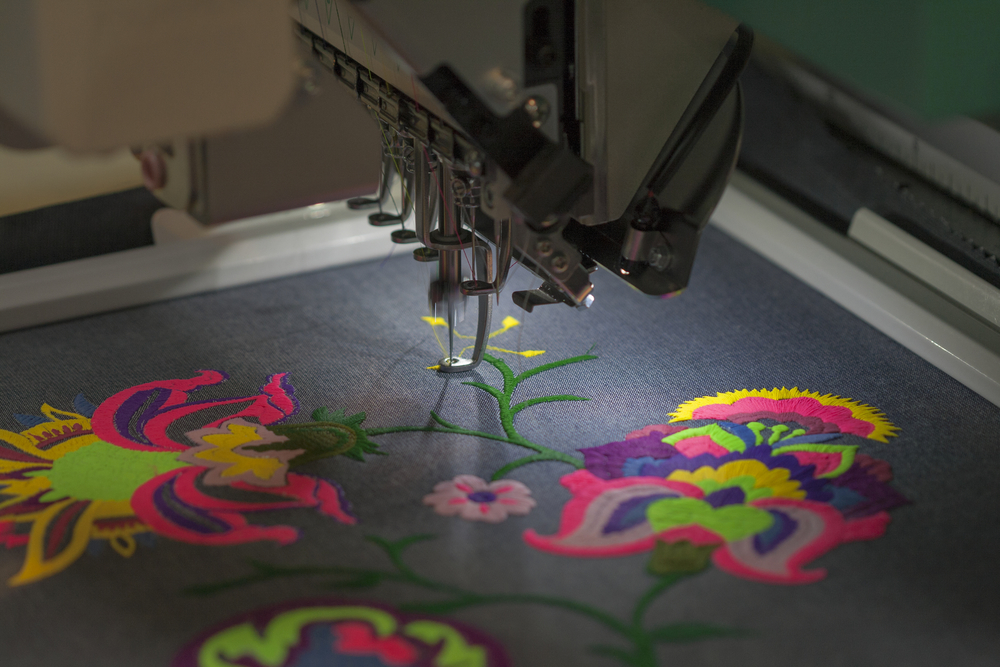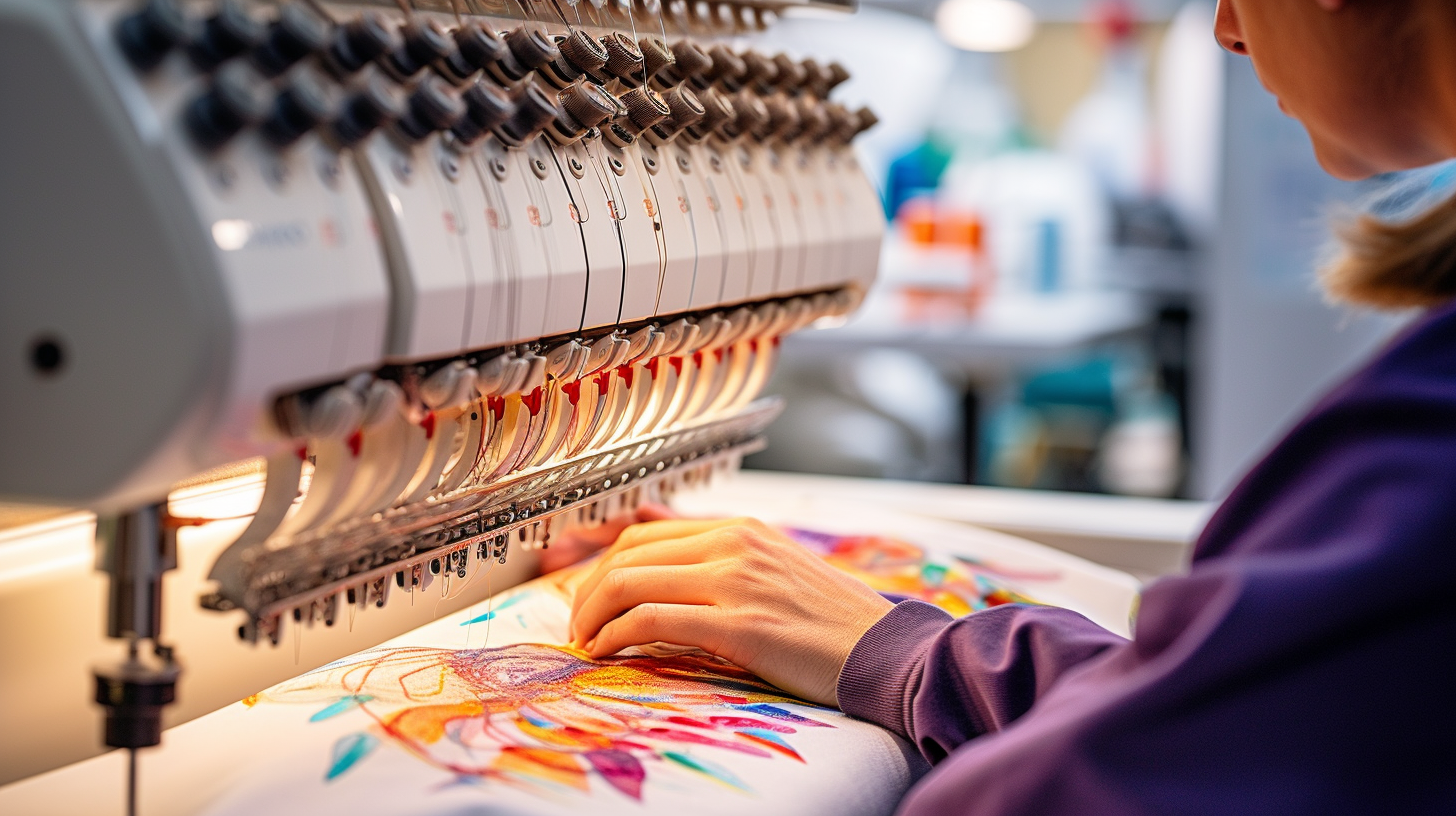Grasping the Needlework Digitizing Process: Your Ultimate Overview
Needlework digitizing is a precise craft that calls for accuracy and proficiency to equate intricate styles right into electronic formats for maker needlework. As craftsmens start this trip to understand the embroidery digitizing procedure, a comprehensive understanding of the fundamentals sets the structure for quality. However, beyond the fundamental knowledge lies a realm of advanced software, specialized tools, and nuanced methods waiting to be explored. By delving right into the subtleties of digitizing, one can unlock a globe of imaginative opportunities and boost their needlework tasks to new heights.

Recognizing Needlework Digitizing Essentials
Needlework digitizing essentials create the foundation upon which elaborate layouts are converted into machine-readable layouts for precise stitching. This initial action in the needlework digitizing procedure is crucial for ensuring that the final embroidered item is a loyal depiction of the initial style. Comprehending embroidery digitizing fundamentals involves grasping key concepts such as stitch kinds, sew instructions, density, underlay, and draw settlement.
Sew kinds play an important function in figuring out the visual and textural outcome of the embroidered layout. By choosing the suitable stitch type, whether it be satin, fill, or running stitch, digitizers can attain the preferred effect and boost the total high quality of the embroidery. Additionally, sew instructions influences the circulation and dimension of the design, while thickness figures out the spacing and coverage of the stitches.
In addition, rug stitching supplies security to the style by securing the textile and stopping distortion during the needlework process. Draw compensation is one more essential factor to consider to neutralize the natural tendency of textile to agreement when stitched. Mastering these needlework digitizing basics is fundamental for producing professional-quality stitched products.
Choosing the Right Digitizing Software Application
Selecting the suitable digitizing software is an essential decision that considerably affects the effectiveness and high quality of the embroidery digitizing procedure. Digitizing for Embroidery. When choosing the best digitizing software application, it is necessary to consider elements such as the intricacy of layouts you prepare to produce, the user-friendliness of the software application, the level of consumer assistance offered, and the compatibility with your embroidery device
There are different digitizing software program choices readily available in the marketplace, varying from fundamental programs for newbies to innovative software program for expert digitizers. Some popular choices consist of Wilcom EmbroideryStudio, Hatch Needlework Software Program, and PulseID. These software use a vast array of tools check my reference and attributes to assist you create detailed layouts easily.
Before making a decision, it is advisable to discover the different software program options through complimentary tests or demonstrations to determine which one finest matches your demands. Furthermore, checking out reviews and seeking referrals from skilled digitizers can supply valuable understandings right into the toughness and weaknesses of each software (Digitizing for Embroidery). By very carefully reviewing your demands and comparing the functions of different digitizing software, you can make an enlightened selection that enhances your embroidery digitizing workflow
Digitizing Devices and Strategies

Optimizing Style Settings for Embroidery
Understanding the complexities of style setups is fundamental in achieving ideal lead to the needlework digitizing procedure, structure upon the structure laid by understanding digitizing tools and methods. When optimizing design setups for embroidery, it is crucial to think about factors such as stitch kind, density, padding, draw payment, and registration. Stitch type selection impacts the total feel and look of the style, with options like satin, fill, and running stitches providing various structures and effects. Density describes the spacing and thickness of stitches, affecting the design's insurance coverage and longevity. Correct rug stitching provides stability and prevents material distortion, specifically for complicated designs or on elastic products. Pull settlement changes for fabric stretch throughout stitching, ensuring exact design replication. Registration setups align various elements of the layout precisely, maintaining general design stability. By fine-tuning these design setups, embroiderers can enhance the high quality and precision of their stitched creations.

Troubleshooting Common Digitizing Issues
When running into common page digitizing concerns during the needlework procedure, it is vital to understand the root creates and implement efficient remedies quickly. One usual problem is stitch density problems, where stitches might be also dense, triggering the textile to pucker, or as well sporadic, bring about gaps in the style. Readjusting the stitch thickness settings in the digitizing software application can assist settle this issue.
Another regular obstacle is string breaks throughout the needlework process. This can occur because of numerous factors such as incorrect tension settings, boring needles, or utilizing low-grade string. Ensuring proper maintenance of the embroidery maker, consisting of normal needle changes and stress changes, can minimize the occurrence of thread breaks.
Furthermore, style registration errors can lead to misaligned aspects within the embroidery style. Inspecting the style placement in the digitizing software program and making necessary adjustments before stitching can help in preventing this problem. By addressing these common digitizing issues quickly and successfully, you can ensure a smoother needlework procedure and top quality finished products.
Final Thought
To conclude, mastering the embroidery digitizing process needs a strong understanding of the basics, the ideal selection of software program, and expertise of tools and methods. Enhancing style settings and repairing typical digitizing problems are essential action in making certain high-grade embroidery outcomes. By complying with these steps faithfully, one can accomplish precision and performance my response in the digitizing procedure.